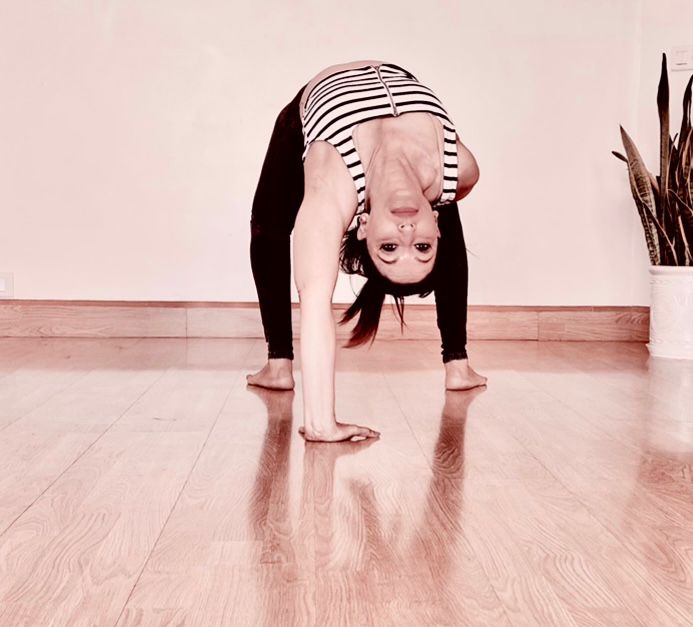Yoga and yogic practices have been an integral part of our Indian culture since pre-historic times.
The Rishis and Munis of the Indian sub-continent devised yoga as a methodology to strengthen mind and body and then utilise them to ascend on one’s spiritual path.
Over the decades, yoga has garnered popularity and today it is one of the most widely adopted practices around the globe. Several well regarded platforms provide Online Yoga Live Classes which one can join, to embark on ones yoga journey.
Origin of Ashtanga Vinyasa Yoga
Among the various sub-types of yoga, Hatha Yoga is a popular form of yoga recognized among devout practitioners. Ashtanga Vinyasa yoga is a dynamic and rigorous adaptation of Hatha Yoga. This form was popularized by Sri K. Pattabhi Jois.
T. Krishnamachari, formulated a rigorous form of yoga for his young energetic student, Pattabhi Jois and that was the start of this strenuous form of yoga in the early twentieth century.
What is Ashtanga Yoga?
Interestingly, besides referring to this strong form of physical yoga practice, Ashtanga yoga also refers to the eight steps on our yoga ladder, mentioned in the Yoga Sutras of Patanjali. (200 BCE to 200 CE)
The word Ashtanga, is composed of two Sanskrit words: ‘Ashta’ means eight and ‘Anga’ meaning limb or part. Therefore, the two words in combination refer to the eight steps on one’s Yogic ladder which are as follows –
- Yama- Abstentions – incorrect and inappropriate habits we must abstain from.
- Niyama- Observances – rules and a code of good moral conduct.
- Asana- The process of strengthening our physical body through practice of postures.
- Pranayama- Breath manipulation and understanding the potent energy of ‘prana’ – life force.
- Pratyahara- The ability to withdraw our senses from external distractions and therefore bring relief to them.
- Dharana- Develop our ability to focus and concentrate.
- Dhyana- Meditation. Learning to move further inwards into a deeper realm of awareness.
- Samadhi- Ultimate salvation- union with the divine energy.
Hope this distinction between Ashtanga Yoga (8 steps) and Ashtanga yoga or Ashtanga Vinyasa yoga (strong physical yoga exercise) is now understood.
Ashtanga Vinyasa would indicate the combination of athletic dynamic postures in a flowing sequence. One should join Online Ashtanga Vinyasa Classes for expert guidance on postures.
What are The Benefits of Performing Ashtanga Yoga?
- Physical Strength: The challenging weight bearing postures develop a strong musculature and strong skeletal bones.
- Coordination: Moving quickly from posture to posture requires coordination between all body parts.
- Mental Healing: Online Meditation Classes are a great way to achieve this but similar results can be seen when one engages in a strong exercise routine like Ashtanga Vinyasa Yoga where the mind needs to be one pointed and focused.
- Spiritual Well-Being: Fine tuning the physical body and keeping it disease free is an important step towards our deeper spiritual journey. Online Yoga Virtual Classes are a great way to begin our spiritual healing journey.
Yoga With Sapna, is my platform offering Online Hatha Yoga Classes. My classes include elements of Ashtanga Yoga and Iyengar yoga too. I’ve been told the classes are unique, very wholesome and offer a strong exercise routine. Visit my website YogaWithSapna.com and begin your healing journey through yoga today!
